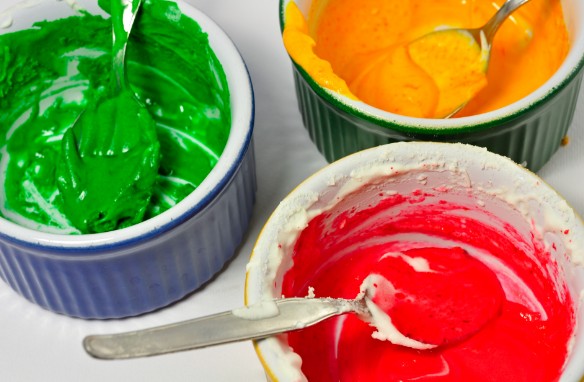The Hypocrisy of Food Coloring
Despite their misleading name, none of the food colorings fall under the definition of an edible product. Get to know them closely...

Summer days are characterized by a celebration of summer products, popsicles, and candies. If we take a closer look at the list of ingredients on various products, we encounter "food colorings." To many of us, it sounds like colors meant for consumption or colors derived from food products. However, the term "food colorings" is misleading and actually refers to industrial chemical substances. Here is a quote from "Briuton - Health Magazine for Children and Parents" on the matter: "Food coloring is added to food or drink to improve its appearance and make it more attractive to the potential buyer. Despite their misleading name, none of the food colorings fall under the definition of an edible product. Food colorings provide more vibrant and beautiful colors to various foods and candies, and candy manufacturers do not spare them to turn children into avid consumers of various candies and ice creams." Here are some examples of food colorings to be particularly wary of: Tartrazine E102 – Yellow color.

The food coloring with the most negative impact on children with attention deficit disorders is the yellow food coloring known as Tartrazine E102. It is found in most soup almonds, fruit-flavored cereals, noodles, ice creams and popsicles, beverages, soup powders, candies, sauces, and more. Numerous studies have shown that Tartrazine affects neurotransmitters in the brain and can cause hyperactivity and attention deficit disorders in children.It is banned for use in Norway, Austria, and the USA.
E110 – Sunset Yellow. Yellow-orange color. Added in baked goods, cereals, soft drinks, and jams. May cause hyperactivity and attention issues, kidney tumors and other cancers, damage to chromosomes and cause genetic mutations, exacerbate allergic reactions like urticaria, nasal congestion, runny nose, stomach pain, digestive disturbances, vomiting, skin rashes, and more. When mixed with red colors, it can also lead to asthma and respiratory troubles.
It should be noted that these substances may cause these effects only in those sensitive to the chemicals, not the entire population.
In light of the above, several conclusions: A. Awareness and attention to the matter. B. It is advisable to reduce consumption of foods containing colors, and there are many. C. It is better to make homemade sweets. D. It is preferable to drink natural juices such as natural apple concentrate.
Eliyahu Shechter is an iridologist and natural therapist

